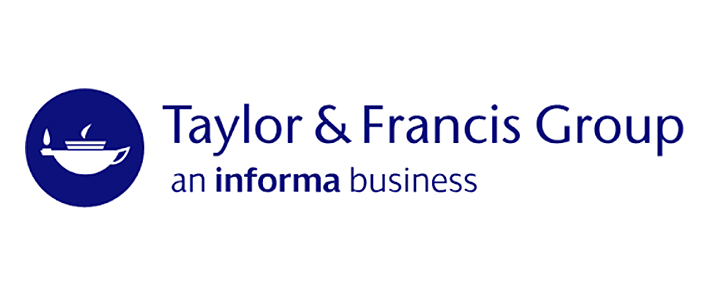Introduction to mathematical cryptography / Jeffrey Hoffstein, Jill Pipher and Joseph H. Silverman.
Material type: TextSeries: Undergraduate texts in mathematicsPublication details: New York : Springer, 2014.Edition: 2nd edDescription: xvii, 538 p. : illustrations ; 24 cmISBN:
TextSeries: Undergraduate texts in mathematicsPublication details: New York : Springer, 2014.Edition: 2nd edDescription: xvii, 538 p. : illustrations ; 24 cmISBN: - 9781493917105
- 005.820151 23 H711
| Item type | Current library | Call number | Status | Date due | Barcode | Item holds | |
|---|---|---|---|---|---|---|---|
| Books | ISI Library, Kolkata | 005.820151 H711 (Browse shelf(Opens below)) | Available | 135841 |
Browsing ISI Library, Kolkata shelves Close shelf browser (Hides shelf browser)
| No cover image available | ||||||||
| 005.82 Y21 Computational number theory and modern cryptography / | 005.82 Y29 Cryptography : | 005.82 Z63 Non- epudiation in electronic commerce | 005.820151 H711 Introduction to mathematical cryptography / | 005.820151 J24 Black-box models of computation in cryptology | 005.820151 L669 Cryptological mathematics | 005.8201510 N274 Secure and efficient computation of the Diffie-hellman protocol using Montogomery curves over prime order fields/ |
Includes bibliographical references and index.
Preface --
Introduction --
1 An Introduction to Cryptography --
2 Discrete Logarithms and Diffie-Hellman --
3 Integer Factorization and RSA --
4 Digital Signatures --
5 Combinatorics, Probability, and Information Theory --
6 Elliptic Curves and Cryptography --
7 Lattices and Cryptography --
8 Additional Topics in Cryptography --
List of Notation --
References --
Index.
This self-contained introduction to modern cryptography emphasizes the mathematics behind the theory of public key cryptosystems and digital signature schemes. The book focuses on these key topics while developing the mathematical tools needed for the construction and security analysis of diverse cryptosystems. Only basic linear algebra is required of the reader; techniques from algebra, number theory, and probability are introduced and developed as required. This text provides an ideal introduction for mathematics and computer science students to the mathematical foundations of modern cryptography. The book includes an extensive bibliography and index; supplementary materials are available online. The book covers a variety of topics that are considered central to mathematical cryptography. Key topics include: classical cryptographic constructions, such as Diffie?Hellmann key exchange, discrete logarithm-based cryptosystems, the RSA cryptosystem, and digital signatures; fundamental mathematical tools for cryptography, including primality testing, factorization algorithms, probability theory, information theory, and collision algorithms; an in-depth treatment of important cryptographic innovations, such as elliptic curves, elliptic curve and pairing-based cryptography, lattices, lattice-based cryptography, and the NTRU cryptosystem. The second edition of An Introduction to Mathematical Cryptography includes a significant revision of the material on digital signatures, including an earlier introduction to RSA, Elgamal, and DSA signatures, and new material on lattice-based signatures and rejection sampling. Many sections have been rewritten or expanded for clarity, especially in the chapters on information theory, elliptic curves, and lattices, and the chapter of additional topics has been expanded to include sections on digital cash and homomorphic encryption. Numerous new exercises have been included.
There are no comments on this title.


























